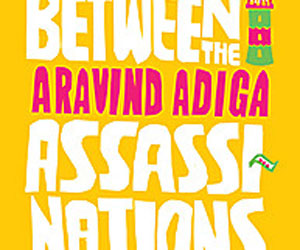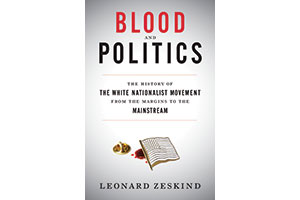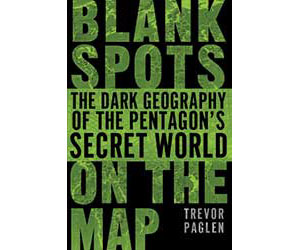
It would be hard to mistake Indian-English writer Aravind Adiga—whose debut novel The White Tiger won last year’s Man Booker Prize—for Salman Rushdie. But like Rushdie’s Midnight’s Children and Rohinton Mistry’s A Fine Balance, Adiga’s writing describes an India between major historical conflicts. His new second novel, Between the Assassinations, takes that interstitial theme and makes it central. The title refers to the period between the 1984 assassination of Prime Minister Indira Gandhi and the 1991 murder of her son, Prime Minister Rajiv Gandhi, an important but little analyzed period of modern South Asian history.
Unlike The White Tiger, whose narrator is an underground man in the tradition of mid-century African-American writers like Ralph Ellison, Between the Assassinations departs from extreme, cartoonish humor. Here, Adiga displays a quieter style, though his stories (which readers may recognize from the Guardian and the New Yorker) have lost none of their teeth.
Using the conceit of a guidebook, Assassinations steers readers through the imaginary seaside town of Kittur—in the very real South Indian state of Karnataka—as it existed (fictitiously) in the late 1980s and early ’90s. Here we meet Soumya, the young daughter of Tamil laborers who begs in the street to feed her father’s drug habit; the privileged Shankara Kinni, who bombs his chemistry class at the all-boys Catholic school to protest the caste system; and Chenayya the rickshaw puller, who struggles to drag rich people’s furniture over the same hill every day but burns for respect (and a place to defecate in private). What they have in common outside of Kittur is a rage both devastatingly funny and heartbreakingly human.
Whether you’re steeped in Indian fiction or just getting your feet wet, Between the Assassinations is well worth a read.

















